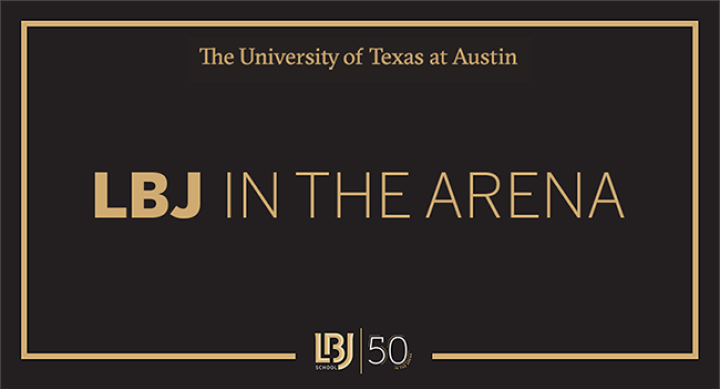
LBJ In the Arena: May 13, 2020
LBJ School of Public Affairs Dean Angela Evans is in conversation with Mei Mei Hu, co-CEO of COVAXX and CEO of United Neuroscience, and a member of the executive committee of United Biomedical, Inc. UBI recently made big news when it provided their newly developed COVID-19 antibody tests for all residents of San Miguel County, Colorado, where the company is based. Dean Evans explores the aspirations and challenges of Hu's bold, local initiative to confront the global pandemic amidst an increasingly varied national response.
-->
Deeper Dive
What tests could potentially be used for the screening, diagnosis and monitoring of COVID-19 and what are their advantages and disadvantages?
Kile Green, Amanda Winter, Rachel Dickinson, Sara Graziadio, Robert Wolff, Susan Mallett, A. Joy Allen
2020
A range of molecular techniques ranging from central laboratory testing to point-of-care tests are under development or already available for the diagnosis and management of COVID-19 patients. These techniques, while well-known to researchers and clinicians with a background in deoxyribonucleic acid (DNA) amplification, as well as antibody and antigen assays, may be relatively unknown to the broader community. This document was written to outline and explain the basic principles of the main COVID-19 diagnostic tests currently in use or in trials.
The COVID-19 vaccine development landscape
Tung Thanh Le, Zacharias Andreadakis, Arun Kumar, Raúl Gómez Román, Stig Tollefsen, Melanie Saville and Stephen Mayhew
May 2020
A range of molecular techniques ranging from central laboratory testing to point-of-care tests are under development or already available for the diagnosis and management of COVID-19 patients. These techniques, while well-known to researchers and clinicians with a background in deoxyribonucleic acid (DNA) amplification, as well as antibody and antigen assays, may be relatively unknown to the broader community. This document was written to outline and explain the basic principles of the main COVID-19 diagnostic tests currently in use or in trials.
Developing COVID-19 vaccines at pandemic speed
Nicole Lurie, M.D., M.S.P.H., Melanie Saville, M.D., Richard Hatchett, M.D., and Jane Halton, A.O., P.S.M.
May 2020
The need to rapidly develop a vaccine against SARS-CoV-2 comes at a time of explosion in basic scientific understanding, including in areas such as genomics and structural biology, that is supporting a new era in vaccine development. Over the past decade, the scientific community and the vaccine industry have been asked to respond urgently to epidemics of H1N1 influenza, Ebola, Zika, and now SARS-CoV-2. An H1N1 influenza vaccine was developed relatively rapidly, largely because influenza-vaccine technology was well developed and key regulators had previously decided that vaccines made using egg- and cell-based platforms could be licensed under the rules used for a strain change. Although a monovalent H1N1 vaccine was not available before the pandemic peaked in the Northern Hemisphere, it was available soon afterward as a stand-alone vaccine and was ultimately incorporated into commercially available seasonal influenza vaccines.
Additional Reading & Viewing
HEADLINE
SOURCE, DATE
Lorum Ipsum........
-->

